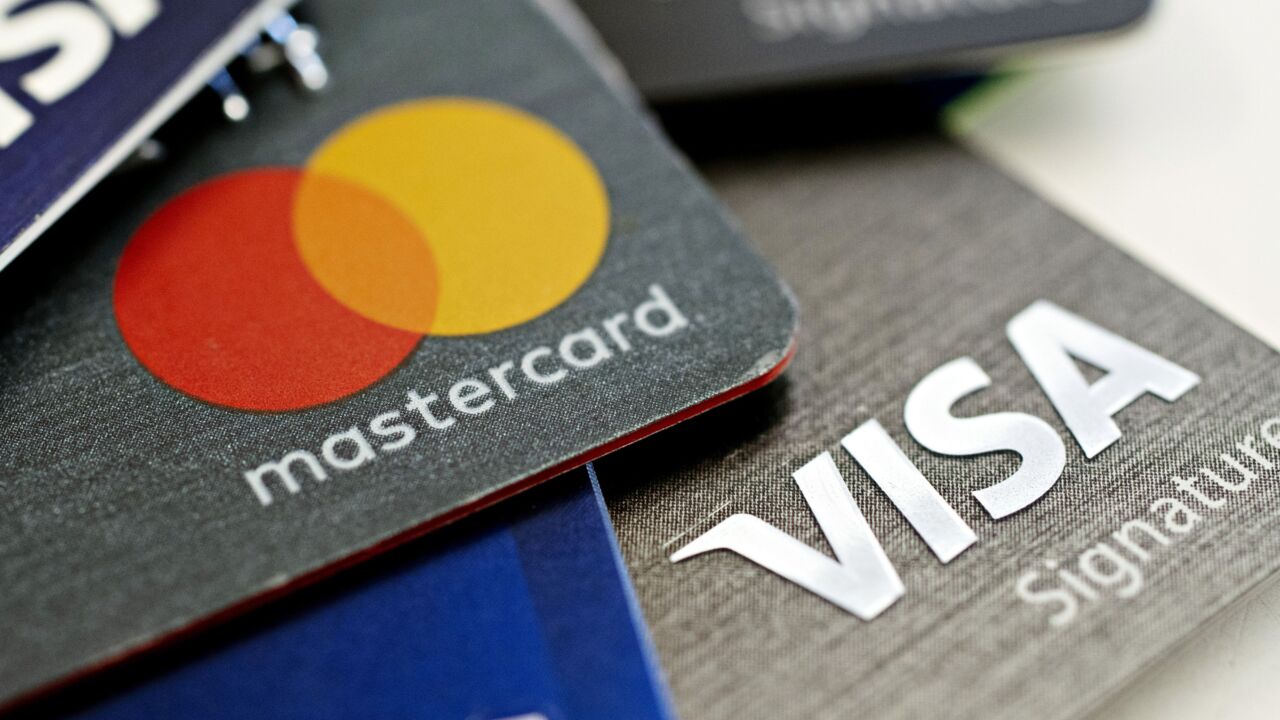BBVA’s not sure if consumers or merchants will want to use an e-commerce marketplace to make bill payments in the same way they buy clothes — but if they do, BBVA wants to be the one to provide the necessary technology.
“A lot of changes are happening outside of BBVA-owned properties,” said Ignacio Fernandez Dozagarat, head of digital sales for Spain at BBVA. “We have already established that consumers want to transfer money in real time between accounts at different banks using their phones, for example. What else will they want to do?”
BBVA just entered what appears to be an
It’s a project that doesn’t have any apparent tie to financial services or payments—and Dozagarat said there’s no plan to build technology with Amazon. The deployment is part of a strategy to figure out how to develop future merchant and consumer bundles that include payments and other services that don’t presently exist in digital marketplaces.
The bank is measuring how consumers and merchants use the bank as a tool within an e-commerce marketplace setting, as potential enabler to enroll clients for non-traditional services. The Amazon pilot will grow beyond candy, as will the data, Dozagarat said, adding that will inform how the bank should approach the inevitable expansion of digital payments and merchant services.

BBVA is thinking of both B2B payments and add-ons for merchant acquiring, for example. It’s less about responding to
It's also part of a move at BBVA to provide "
“People right now aren’t really using e-commerce marketplaces to book appointments or make a payment at a dentist,” Dozagarat said. “But eventually they will, and we’re looking to build a strategy for merchants and consumers that will be ready when they do.”
The bank wants to sell payments, cards and the financial services it would have traditionally offered at branches or its own website in e-commerce marketplaces, along with a variety of other services. The bank may build a digital product to compete with Square or a fintech that services the health care industry, for example, by offering appointment booking along with point of sale acceptance. But that connection may not be obvious to the client.
“What’s happening right now is if it’s not a financial product, it’s not easy to appear in organized searches,” Dozagarat said.
E-commerce technology, shopping and payment models can also provide a way to accommodate open banking, said John Mitchell, CEO of
"The push for open banking and PSD2 compliance will create an environment where bank accounts can be used directly to satisfy certain transactions. Integrations from core systems into the major e-commerce sites will become less complicated, hence enabling different trials in this area," Mitchell said.
In addition, PSD2 compliance within e-commerce should simplify and lessen transaction costs while providing for more robust anti-money laundering protections, according to Mitchell.
"Both parties may see increased stickiness as consumers can use their primary accounts for more day-to-day transactions," Mitchell said. “The biggest benefit for e-commerce as a whole is that consumers will become more likely to adopt direct payment services across other channels. As a result, this should increase innovation and drive competition between e-commerce and traditional banking/payment services.”





